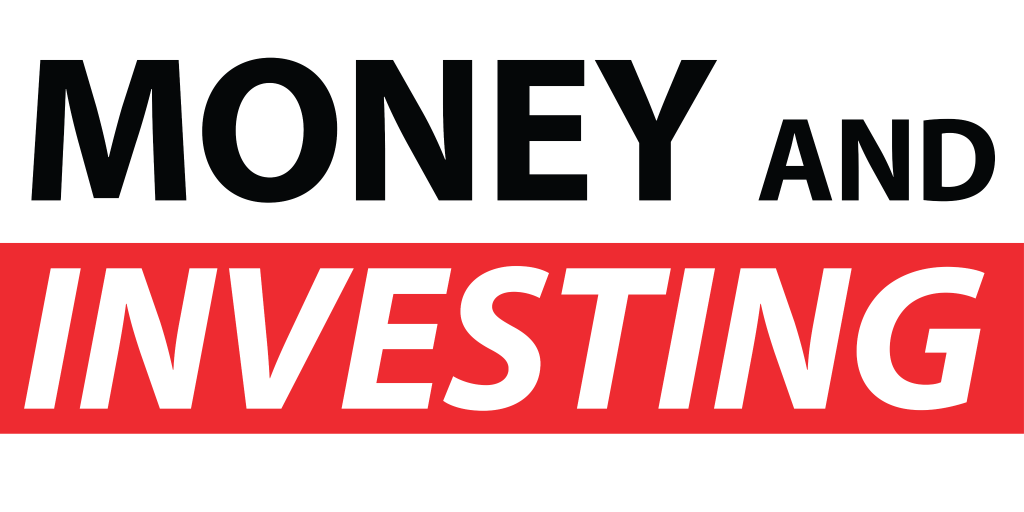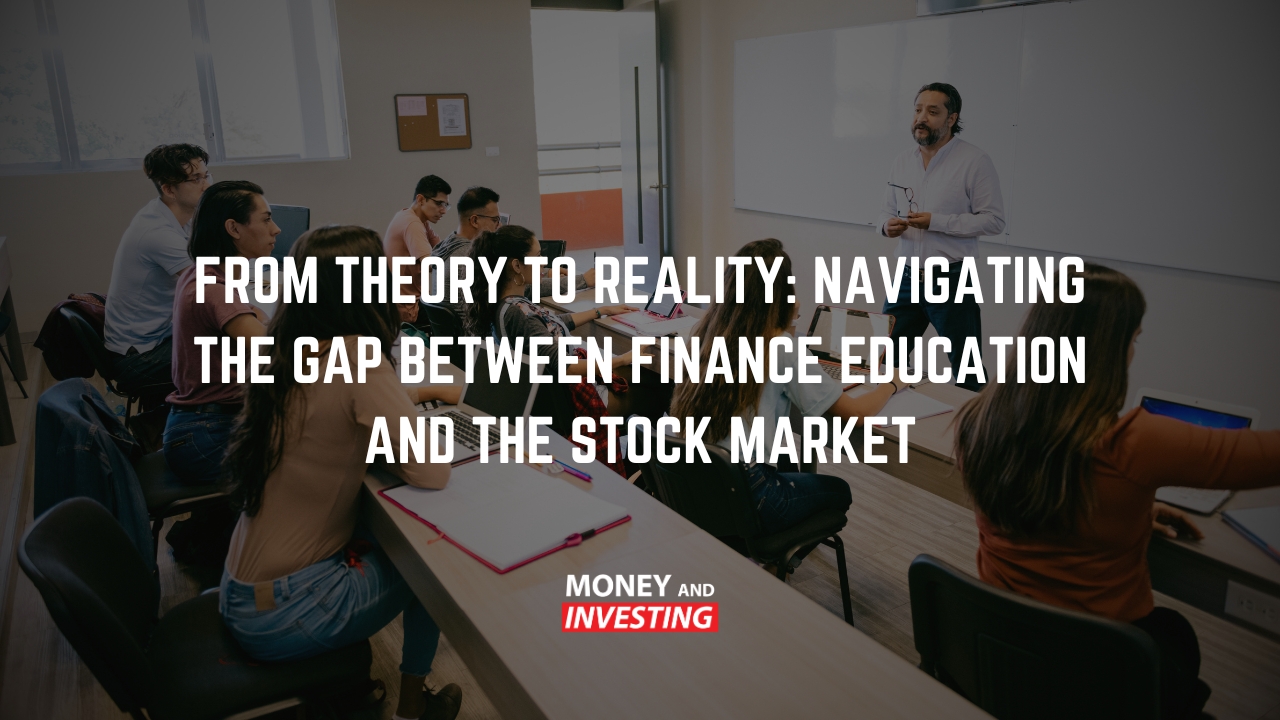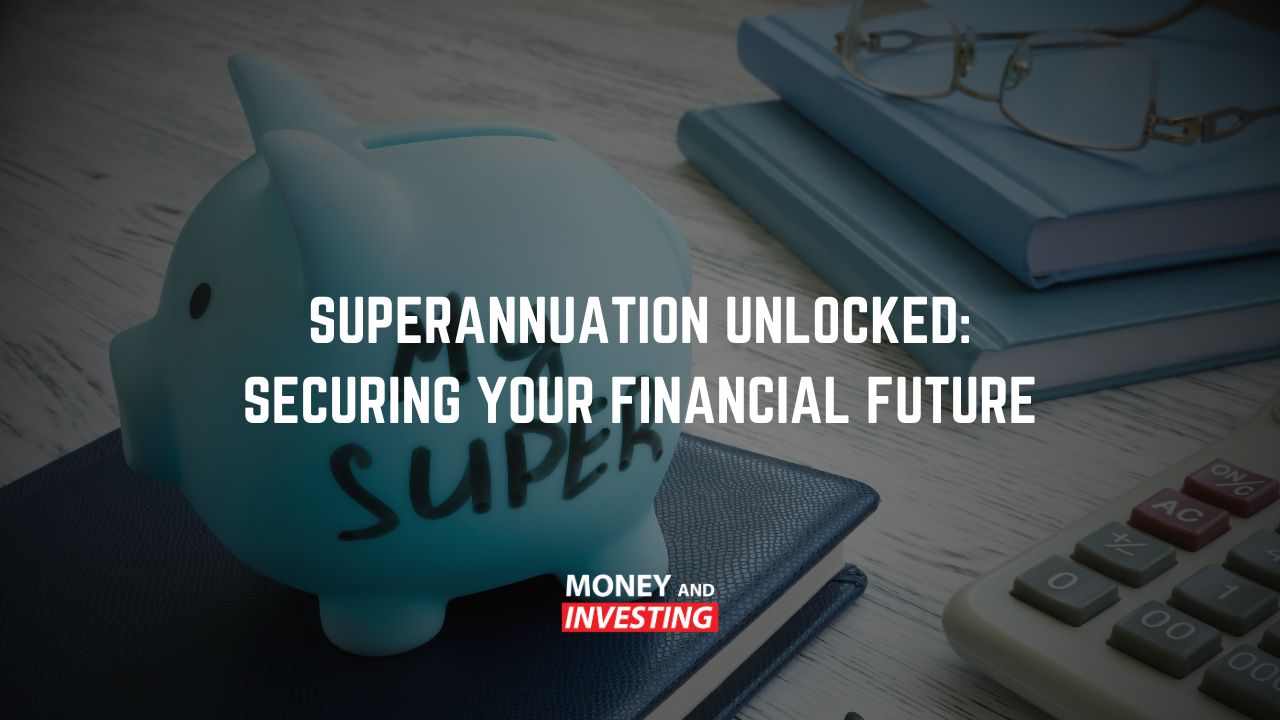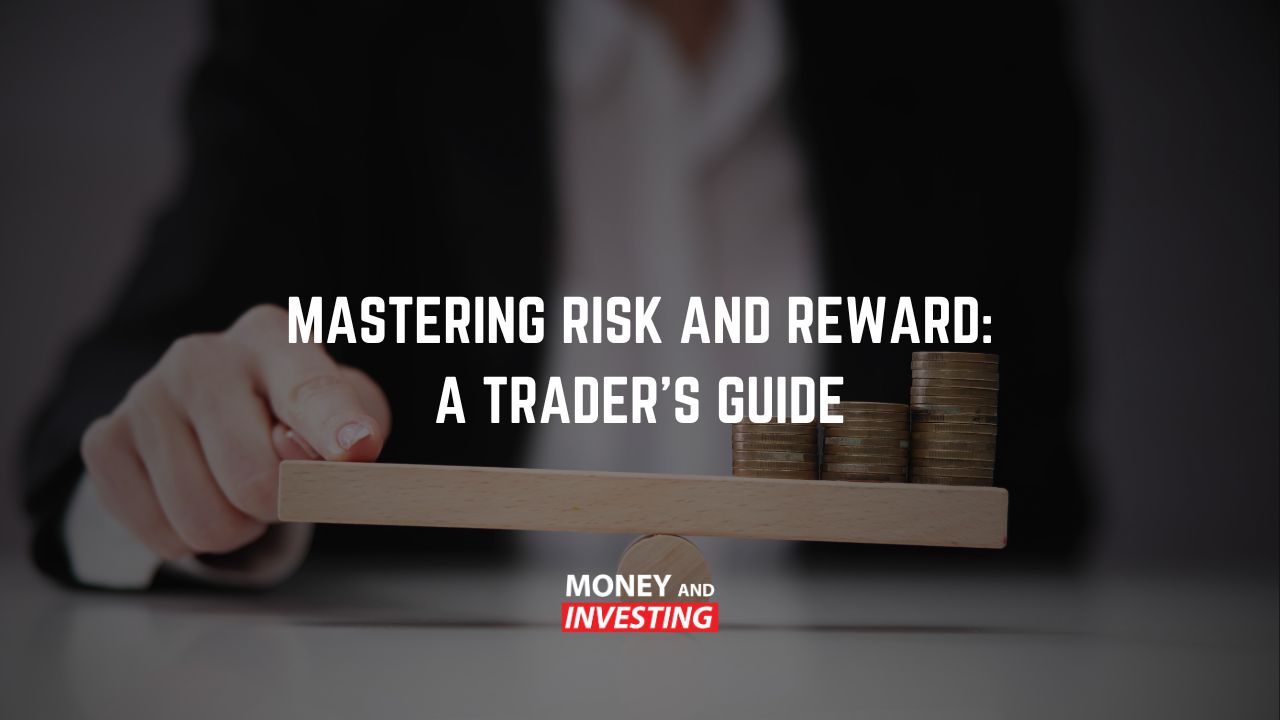Strategic Alliances – Value Add or Cash Grab? So, it begins the era of companies teaming up and hunting in packs in order to gain market share. Strategic alliances amongst two businesses can provide immense value to the end consumer. If orchestrated properly, however, the question arises. As to whether or not this just a means of increasing their wallet share? Find out more below:
What is a “strategic alliance?”
A good place to start would be to understand what exactly a strategic alliance is. A strategic alliance occurs when two or more companies share cashflows from the revenue generated in partnership. Albeit remain as separate legal entities. A contrast against this would be a joint venture – which is much the same. However the companies would form one single legal entity.
Like any smart business, you’re always looking to increase your wallet share – the way to do this in what is a highly competitive market for consumers. Is to create a strategic alliance by teaming up with another company. Host Andrew Baxter says that as companies collaborate. Their cost of acquisition for a customer declines and the lifetime value of that customer increases given the multitude of revenue streams. That can be generated from that same consumer – making for a rather profitable transaction over time. That poses the question – who benefits here? The consumer or the business?
Amazon and Whole Foods – keeping consumers cheering
Arguably the single best company in the world to ever spread its revenue streams across multiple products. And sectors would be none other than Amazon. With humble beginnings as an online bookstore. Amazon is now one of the world’s largest online retailers – selling everything from clothes to sandwich bags. To now organic groceries given their recent acquisition of Whole Foods in the USA. Given such collaboration, not only does Amazon have an increased revenue stream by tapping into such a market. But it has also ultimately been the consumer that has benefitted from such alliance.
With Amazon’s world-renowned delivery service. Customers of Whole Foods are now able to have their groceries delivered, which they couldn’t previously do. As a perfect example of a successful strategic alliance. This is a huge value add for consumers and a lucrative cash grab for the companies involved – a win win, which is how it should be.
Coles – groceries, grog, fuel and life insurance
A local example of a rather successful strategic alliance was formed by Coles. Coles, as one of the household names in grocery providers here in Australia. Now has partnerships with Liquor Land, Shell and various insurance providers. This means as a customer of Coles, you’re able to get 4c a litre off your fuel at any Shell station. And receive various incentives when buying your grog at Liquor Land.
Not to mention, if you’ve gone shopping for food. And was also interested in buying some life or car insurance – you can also do this through Coles. Clearly, the business has diversified its revenue streams across multiple related sectors. Yet has made life a little easier (and cheaper) for the consumer. Another example of a successful strategic alliance.
Strategic alliances don’t always work
Not every business venture works and in the case of David Jones and BP. We saw a huge fail for an attempt at a strategic alliance. Host Andrew Baxter draws attention to the example of BP Fuel stations who at one point were setting up mini-David Jones fuel halls inside their centres. Thinking about this properly, if you want gourmet food. Are you really going to visit a gas station to get it? The answer: probably not.
As a failed strategic alliance, BP have since cut this partnership and are no longer offering David Jones food in their stations (guess you’ll have to live with crappy, cheap sandwiches from the fridge now). This poses a significant challenge to David Jones as the only place you can eat at one of their restaurants is actually in store. This itself is an issue as the rise of online shopping continues to increase and the fall of large department stores accelerates. A nice try, however, this strategic alliance was simply just not the right fit for one another.
Commonwealth Bank now sells energy
As the largest banks in Australia, Commonwealth Bank (CBA) has been recently making some huge inroads in the strategic alliance game. Just announced at the time of this writing, CBA has purchased a 25% stake in energy company, Amber Energy. Providing seed capital in the order of $20m for Amber, customers of Commonwealth now have the ability to use them as an energy provider albeit at a discounted price.
Given the margins in banking right now are relatively thin considering interest rates are so low, it made sense for CBA to align themselves in another sector to increase their wallet share. The real beneficiary here – the consumer. As you re-mortgage your house, apply for a loan or set up an account as a customer of CBA, you can now switch energy providers and save yourself some money. A win win for all parties.
Big brother is watching
Have you ever spoken to someone about cats a couple of times, and then ads for cats pop up on your social media? It’s totally weird and makes you wonder how closely big brother really is watching. The means for this is big data – taking large amounts of data for your spending, search history, movements and everything else in between to decipher exactly your habits and how to market to those. As host Andrew Baxter says, for a strategic alliance to work it has to be based not only the data to justify a partnership with another business, but also the intuition of doing so.
Having a fundamental view on a target market and how to best service them, backed up with some empirical data to justify it, is how businesses create successful strategic alliances. This is kind of like finding a trade in the stock market – it’s going to require some technical analysis (the data) as well as some fundamental analysis (the intuition) in order to make a buck. The challenge is learning how to connect the dots. Reach out to Australian Investment Education to learn how.



